রানী ইন্দিরা দেবী গভর্নমেন্ট গার্লস কলেজ
স্থাপিত: ২০১৪ [ পূর্বতন: ঝাড়গ্রাম রাজ কলেজ ( গার্লস উইং ) ] পশ্চিমবঙ্গ সরকার | বিদ্যাসাগর বিশ্ববিদ্যালয়ের অধিভুক্ত ডাকঘর + থানাঃ ঝাড়গ্রাম, জেলা: ঝাড়গ্রাম, পিন: ৭২১৫০৭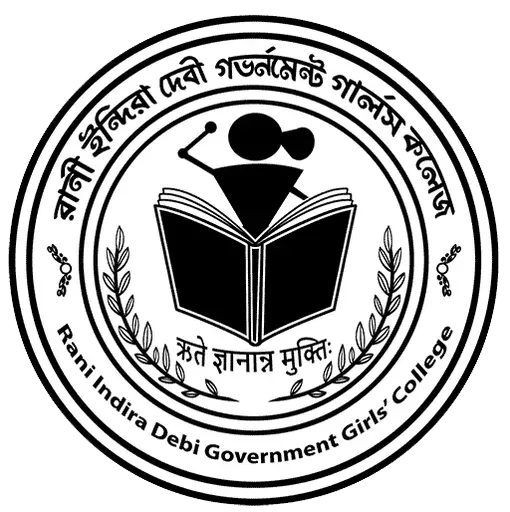
Rani Indira Debi Government Girls’ College
ESTD: 2014 [ Erstwhile Jhargram Raj College (Girls’ Wing) ] Government of West Bengal | Affiliated to Vidyasagar University P.O. + P.S.: Jhargram, District: Jhargram, PIN: 721507.“True freedom lies in understanding and respecting the freedoms of others.”
| Title | |
|---|---|
| Composition of PWD 2022 | Download PDF |
| Composition of PWD | Download PDF |
| PWD Cell Report | Download PDF |
Disability is a part of life. People may experience disability, permanently or temporarily, during any phase of life. The debate around normalcy in relation to disability is profound. The idea of normal is anything that conforms to society's standards that are not regarded as deviant or different. The cultural production of such negative differences and the evocation of adverse responses (stigma) has changed disability's symbolic meaning. It is imperative to understand the difference between impairment and disability in the context. While impairment can be traced to the medical model which focuses solely on individual conditions, the social model does not see the individual as the source of disability but rather the cultural and social barriers which disable a person. The social model of disability has profoundly influenced how disability is understood in contemporary times. Thus, disability results from the interaction between individuals and the environment through inaccessible infrastructure, negative social attitudes, and limited social support. The RPD (Rights of Persons with Disabilities) Act, 2016 recognizes disability as an evolving and dynamic concept. The RPD Act 2016 enacted on 28.12.2016 and came into force on 19.04.2017, mentions about 21 types of disabilities.
The Act covers the following specified disabilities
| Blindness | |
| Low-vision | |
| Leprosy Cured persons | |
| Hearing Impairment (deaf and hard of hearing) | |
| Locomotor Disability | |
| Dwarfism | |
| Intellectual Disability | |
| Mental Illness | |
| Autism Spectrum Disorder | |
| Cerebral Palsy | |
| Muscular Dystrophy |
| Chronic Neurological conditions | |
| Specific Learning Disabilities | |
| Multiple Sclerosis | |
| Speech and Language disability | |
| Thalassemia | |
| Hemophilia | |
| Sickle Cell Disease | |
| Multiple Disabilities including deaf-blindness | |
| Acid Attack victims | |
| Parkinson’s disease |
As per Census 2011, in India, out of 121 crore population, 2.68 crore people have a disability, male-1.5 cr, female-1.18 cr. Out of the male disabled population, 62% are literate, and among the female 45% are literate. This National Education Policy 2020 proposes the revision and revamping of all aspects of the education structure, including its regulation and governance, to create a new system that is aligned with the aspirational goals of 21st-century education. It aims to recognize, identify, and foster the unique capabilities of each student, by sensitizing teachers as well as parents to promote each student’s holistic development in both academic and non-academic spheres. Hence each institution is expected to build up an environment that can accommodate students with diverse needs also and provide them with the necessary support that can help them develop their skills in the same classroom setting. The educational attainment of disabled persons is important in improving their living conditions.
The PWD support cell in our institution was established in 2019. The objectives of this cell are to create awareness around disability among various stakeholders, teachers, students, and parents, and to provide holistic support to students with disability enrolled in our institution.
The facilities provided at our institution
- Ramps
- Elevators
- Wheelchairs
- Scribes for examinations (for students with visual impairments)
- Medical support
Future Goals
| Sensitization workshops and seminars for teaching, non-teaching staff, and students. | |
| Job oriented programmes. | |
| Separate toilets for students with special needs. | |
| Disabled-friendly seating arrangements in the classrooms. |
Photo Gallery
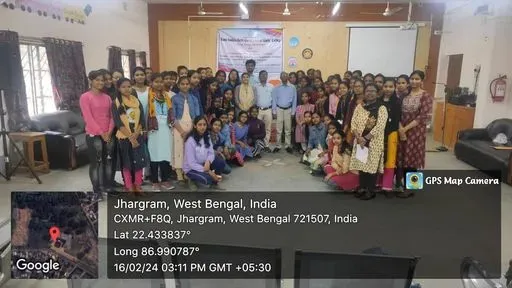
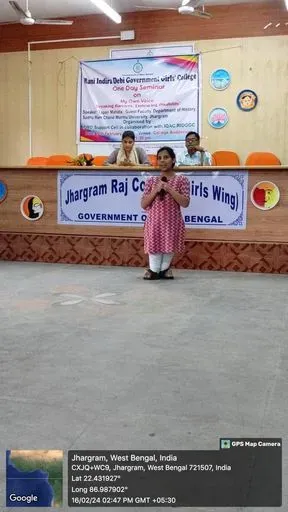
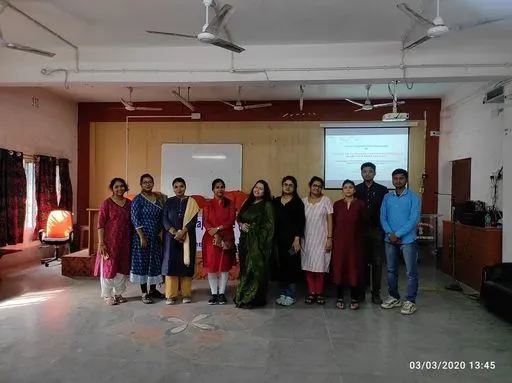
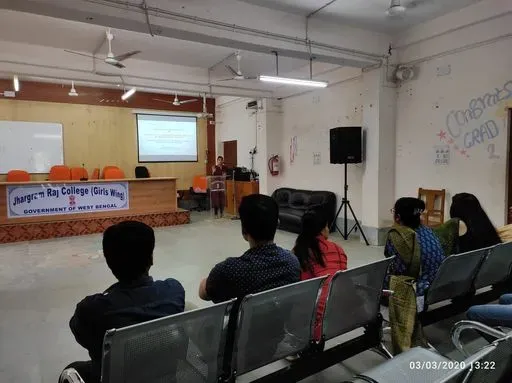
Notice
-
The College will remain close on and from 24.12.2025 to 31.12.2025
24-12-2025 General -
Semester-III Examination Form fillup
18-12-2025 Student -
The college will remain closed on 15.11.2025
14-11-2025 General -
Sem-V admission notice
14-11-2025 Student -
Notice for Registration
14-10-2025 Student -
Notice for Admission to 1st Semester Academic Session 2025-2026
14-10-2025 Admission -
Physical verification schedule
08-10-2025 Admission -
VBYCP - 2025 Registration
08-10-2025 Student -
Admission Schedule
08-10-2025 Admission -
Verification Extension Notice
24-09-2025 General